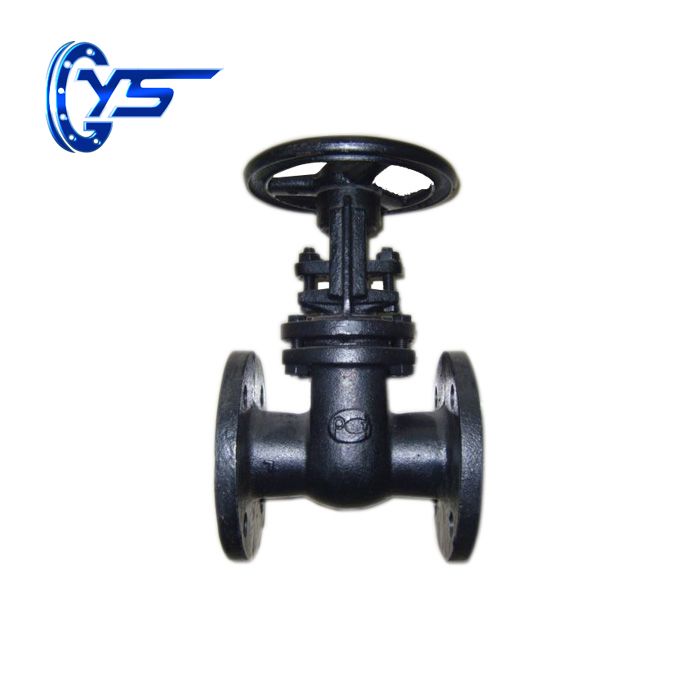Difference between Gate Valves and Ball Valves
One of the most important components of a functional plumbing system is the valve it contains. Valves allow the start and stop of fluid flow, and they need to work well to prevent leakage and excess flow. Although there are many types of valves on the market, the two most common are ball valves and gate valves. This is the information you need to know about the two valve types.
Gate valves get their name from the internal mechanism by which water flows. The mechanism looks like a tiny door that moves up and down on a lever attached to a handle. Handles are spiral handles that move the gate up and down and open and close the valve as needed. They are best used in on/off applications where valves are not used frequently. Although ball valves are becoming increasingly popular in this area, they can sometimes be found in home plumbing systems. They can be used in high-pressure and high-temperature environments, so they are often used in manufacturing.
Gate valves have one major advantage over ball valves. Because the opening and closing mechanisms are slow, no water hammer is caused. For this reason, some municipalities require that the valve closest to the water meter be a gate valve.
However, gate valves have drawbacks. The screw mechanism for opening and closing the valve is susceptible to corrosion. Once corroded, the valve will not work properly. Gate valves should be used in the fully open or fully closed position but may be stuck in the partially open or partially closed position on some models. This causes the gate to vibrate, which may damage the valve. People with disabilities may have difficulty operating gate valves, and gate valves do not provide visual clues as to the "on" or "off" position.

Ball valves use a small ball or ball inside the valve to cut off the flow of water. There is an opening inside the sphere. When in the "open" position, the opening is aligned with the pipe, allowing water to flow freely.When in the "closed" position, the opening is perpendicular to the flow of water, thus stopping the flow of water completely. In a ball valve, the flow is controlled by a lever. Placing the lever perpendicular to the pipe allows water to flow through. Moving it at a 90 degree Angle stops it from flowing.
Ball valves have several advantages. They are easy to open and close quickly and can be used by persons with disabilities who cannot operate wheel valves. They allow the user to know at a glance whether the valve is open. They are rugged, do not freeze even after years of use, provide reliable service, and have a wide range of uses.
The main drawback of a ball valve is that it requires space. In tight applications, you may not have a 90 degree Angle to rotate the valve handle. Also, in rare cases, ball valves can produce water hammer phenomena.
We are valve suppliers. If you are interested in our products, please feel free to contact us.
Copyright © Hebei Yaosheng IM & EX Trading Co.,Ltd. All Rights Reserved |Sitemap | Technical Support: 
